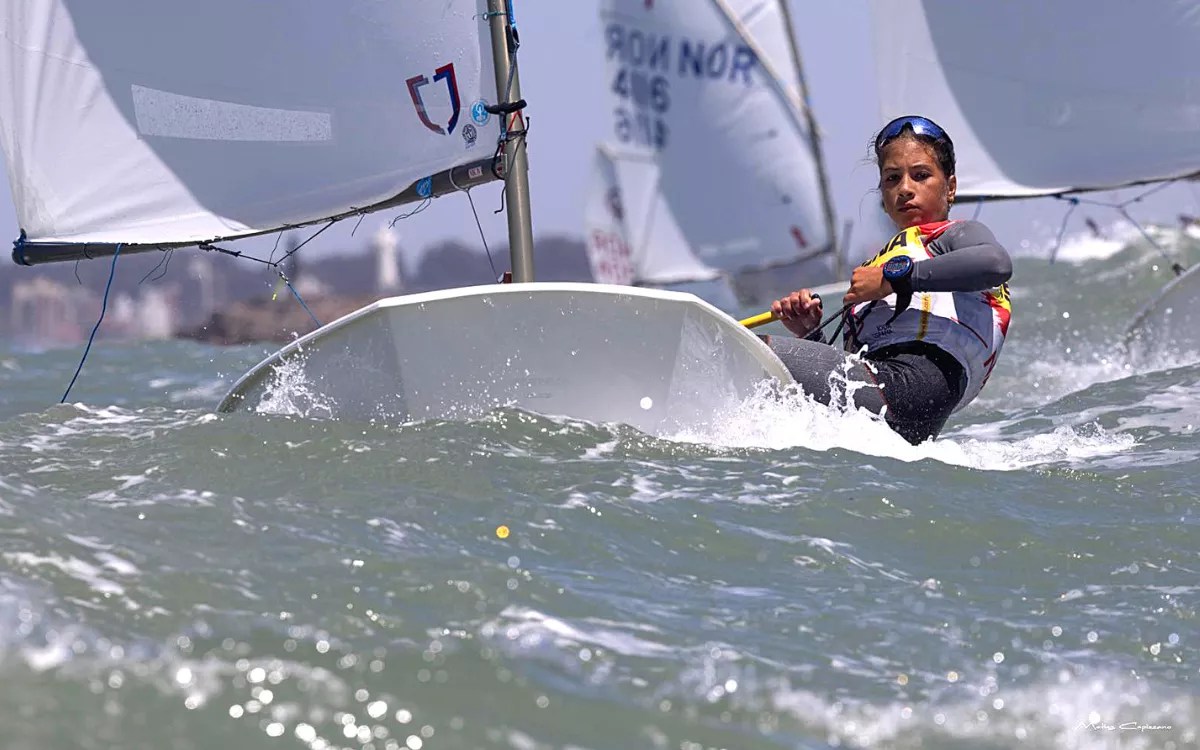It is anticipated to be fully operational in July 2025
Cartagena (Murcia)/Santa Cruz de Tenerife, 15 (Europa Press)
The S-81 ‘Isaac Peral’ submarine of the Navy is currently undergoing its certification process at the Arsenal of Cartagena (Murcia) to become operational by July of this year. In a significant step towards its full implementation, it will launch a torpedo with a payload against a real target for the first time during an exercise scheduled for May in the Canary Islands.
The target will be an old vessel intended to be sunk. Citizens can expect to witness this at the Naval Stop preceding the Armed Forces Day Parade (DIFA) on June 6 in the Canary Islands.
The ‘Isaac Peral’, the fifth submarine named after the distinguished Spanish sailor, was handed over on November 30, 2023. Since that date, it has been located at the Arsenal of Cartagena, where personnel from both the Navy and Navantia, the manufacturer of the submarine, are making final adjustments in what can be considered their “guarantee year” before it is completely available.
With the operational status of the S-81, Spain will boast two submarines and has already joined the exclusive group of countries capable of constructing such vessels, numbering ten worldwide. The Navy plans to retire the S-71 ‘Galerna’ by mid-2027, coinciding with the completion of evaluations and certification for the S-82 ‘Narciso Monturiol’, which is currently under construction and testing. Navantia is expected to deliver it to the Navy in September 2026, with entry into service anticipated by mid-2027.
The subsequent two submarines in the S-80 Plus series, the S-83 ‘Cosme García’ and the S-84 ‘Mateo García de los Reyes’, have embarked on the construction and testing phase, but their deliveries are expected to be postponed to December 2028 and January 2030, respectively, according to the Navy’s timeline. They are projected to be fully operational in early 2030 and early 2031, respectively.
Captain Pedro Márquez de la Calleja, Commander of the Submarine Flotilla, believes this moment is “exciting and critical” and advocates for increased investment to ensure continuation of such programmes. “This must be maintained, and to achieve this, investment is necessary,”
A significant technological advancement
The S-80 submarines, measuring 81 metres in length, are flexible platforms capable of executing a diverse range of missions, thereby extending the capacities previously held by the Navy with the S-70. Commander Márquez de la Calleja highlights that their additional benefits include discretion, versatility, and deterrent capabilities.
The S-80 can conduct anti-surface and anti-submarine warfare; shallow water operations; special operations and discreet evacuation of civilians; surveillance, reconnaissance, and intelligence gathering; as well as discreet mining—both defensive and offensive—and can be incorporated into combat formations.
The Navy emphasises that this series represents a notable technological leap over its predecessor, due to its integrated platform control system, an integrated combat system, and an integrated communications system. This suite enhances automation while significantly reducing the crew size required to operate the submarine.
This automation relies on a high level of equipment redundancy, which in turn enhances safety during submersion. Furthermore, the improvements to discretion with advanced construction standards regarding acoustic and magnetic signatures are noteworthy.
Additionally, for the first time in the Navy’s history, the S-80 will possess missile-launching capabilities, facilitating assaults on surface units from remote positions and allowing for selective strikes on coastal land targets. Specifically, it carries tactical missiles, cruise missiles for ground assault, guided torpedoes, and mines, which can be launched via its six launch tubes.
If a torpedo is already loaded into the tube, it can be launched within seconds upon command. If loading is necessary, the automation within the submarine allows this process to take between 15 and 20 minutes overall, as explained by the submarine’s specifications. The S-81 has already conducted seven tests with torpedoes, sans payload.
The Navy also emphasises that the S-80 features AIP technology, which grants submarines substantial underwater autonomy. Staff from the submarine flotilla indicate that AIP technology enables “the battery” of the submarine to “last longer” and allows the submersible to avoid surfacing for snorkelling to recharge batteries, enhancing discretion.
40 personnel for two showers and three toilets
The crew of the S-81 ‘Isaac Peral’ comprises 53 personnel, taking into account the need to accommodate family time and training schedules. Of these, 46 are men and seven are women, including nine male officers, 19 non-commissioned officers (two of whom are women), and 18 male crew members alongside five women.
However, it is designed to operate with a total of 40 personnel, with 33 assigned to watch duties—three of whom are dedicated to surveillance—and the remaining seven serving in permanent roles, including the Commander, Deputy Commander, Chief of Operations, as well as kitchen and radio staff.
While the S-80 series enhances the livability compared to the S-70, these submarines are far from being luxurious. The S-81 features two showers and three toilets for the onboard crew, who sleep in seven cabins designed for six occupants each, along with a single cabin accommodating three. The Commander, in this instance the corvette captain Manuel Corral Iranzo, has a private cabin.
During their time aboard, the crew balances their duties with board games, as they cannot connect to the Internet, making external contact impossible. When not deployed, the submarine personnel train on simulators at the base and training school, which are essential for the effectiveness of the underwater fleet. Continuous training is mandated, as, as the crew frequently states, in a submarine, “there are no second chances.”
















